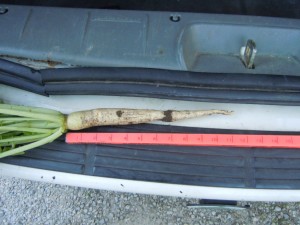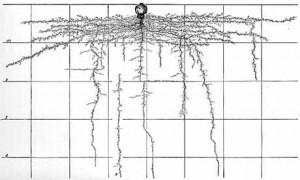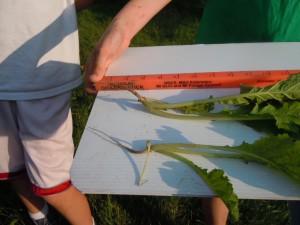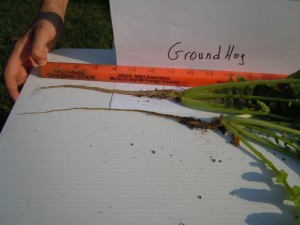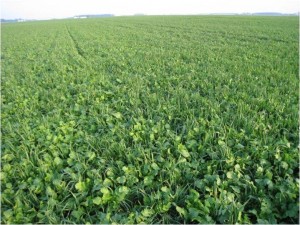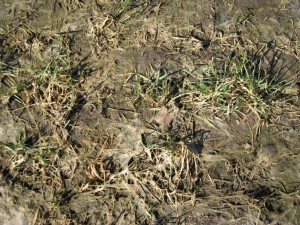CISCO Seeds, Robison Farms, and Dougherty Fertilizer are sponsoring a Cover Crop Field Day and Root Dig at the Greenwood, Indiana farm. If you’ve not had an opportunity to see cover crops in a real life farm setting, this will be a great meeting for you . There will be multiple species available to look at and expert agronomists on hand to answer questions.
When:
Wednesday, November 30, 2011 from 2-4 P.M.
Location:
Corner of Five Point Road (300 East) and Main Street (Rocklane Road) east of Greenwood, IN
Contact:
If you have questions or need further information contact Don Robison at donrobison@ciscoseeds.com or 317-357-7013
- Rain or shine we will have a gathering (call if the weather is bad for “plan B”)
Cover Crop Field Day Highlights

- 1100’ lineal feet of cover crop plots
- 10 different mixes or straight species shown
- guaranteed weather! (not saying what kind)
- working with NRCS, SWCD, and Dougherty Fertilizer
- root digs (weather contingent)
- Cover Crop Agronomists on hand for tours and Q/A sessions
- See over 150 acres of various Cover Crops withing 1/2 mile of plots
Purpose of the cover crop field day
To see different species of cover crops in a real to life situation. This was a soybean field that had the cover crops applied over the top of the standing crop at roughly 50% leaf drop.
Species You Will See
- Radishes
- Turnips
- Crimson Clover
- Oats
- Winter Rye
- Annual Ryegrass
- Austrian Winter Peas
- Several Mixes including the above species
Directions:
From Indianapolis
- Take I-65 South to Exit 99. Turn Left at end of ramp and travel 1.5 miles east to the plots
From Louisville
- Take I-65 North to Exit 99. Turn Right at end of ramp and travel 1.5 miles east to the plots
From Columbus, OH
- Take I-70 West to Indianapolis, follow 465 South to I-65 South to Exit 99. Turn Left at end of ramp and travel 1.5 miles east to the plots
From Terre Haute
- Take I-70 East to Indianapolis, follow 465 South to I-65 South to Exit 99. Turn Left at end of ramp and travel 1.5 miles east to the plots


